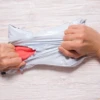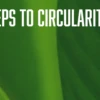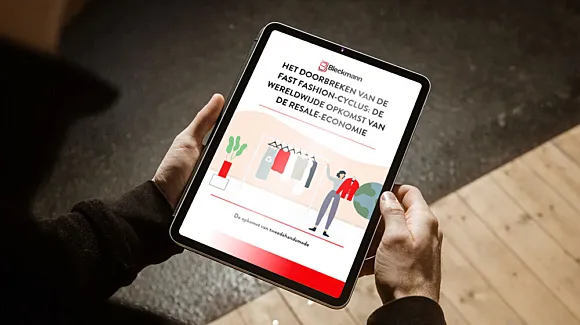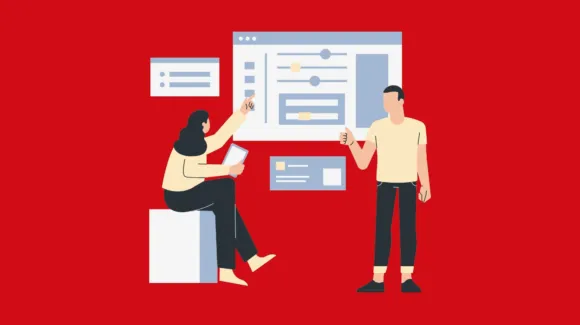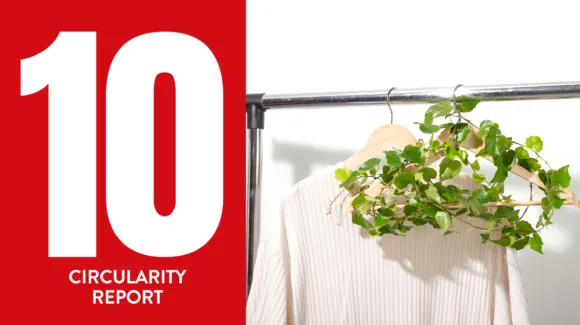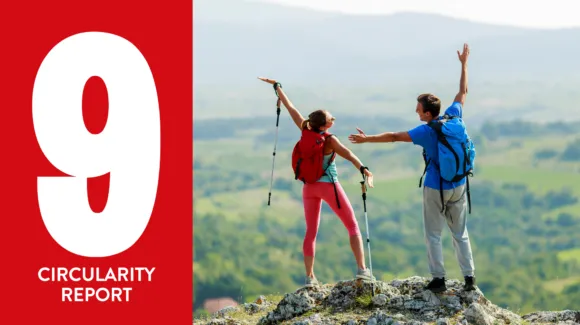In our blog post Steps to Circularity, we outlined five steps that a company can use as a guide to incorporate Circularity into their business. We will follow up with a deeper dive into each of the steps with the hope that your company adopts them.
Part 2 - Assessment
Analyze your current business model, supply chain, and product lifecycle. Identify areas where waste is generated, where resources are used inefficiently, and where products end up after their life cycle.
While change is inevitable with transitioning your business out of linear and into Circular, you don’t have to start from scratch. Doing an assessment or an audit of your business against the principles of circularity gives visibility into what structures already exist, and those that need development.
There will be some products, materials, and business operations that are closer to meeting the principles of circularity than others. Break down the business into two parts.
- The Products that will circulate
- The Business and Systems that will circulate the product.
For each, you will use the principles of Circularity
- Where is there waste and pollution? Explore how to design this out.
- Are we keeping our products and materials in their highest use? Explore how to ensure that you are.
- Are we regenerating natural capital? If yes, do more, if no explore how to do this.
On a more tactical approach, you can explore your Products and Business through these additional questions:
Let’s start with the first. Products.
How many of our products are designed to be sold again?
How many of our products are designed to be recycled through textile recycling?
How many products have a digital ID to enable efficiency of the steps of their lifecycle?
You may find that 30% come from recycled materials already, this is an opportunity to capitalize on sourcing more from these vendors. Or 40% are made from a material that can be recycled. You may also find that your team was looking into Digital ID to authenticate products, you could expand the data collected on the Digital ID to include information for resale and recycling.
The second is a little more complex – The Business and Systems to circulate.
Some questions to ask:
Is our financial structure set up for resale?
Are our sales channels set up for resale?
Are any of our supply chain partners already enabling circularity that we can leverage?
You might find that your logistics partner, like Bleckmann, offers take-back services, repair for resale, and logistics for recycling. You might find your software for sales has been working on resale modules.
You can learn from your own business to determine if there are already suppliers, practices, and resources to leverage as you move more of your products, materials, and business operations toward circular. Based on our experience most brands have some practices in place, creating a baseline to start from and reducing the total work required. Seeing where there are gaps, helps prioritize investment in partnerships or research.

